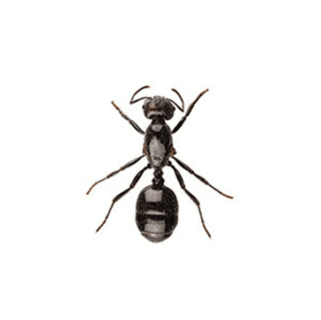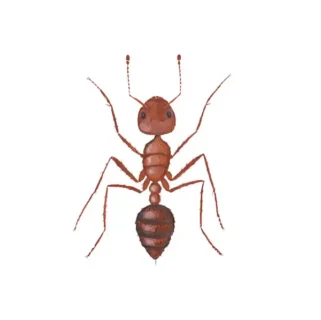Moisture Ants in Jacksonville FL
Moisture ants get their name from their habit of nesting in high-moisture areas. Wood invaders, moisture ant colonies are generally located in decayed logs and stumps, but may also occur in soil. They feed on sweet materials and also tend aphids for their honeydew. These ants are not a primary structural pest, but they can speed the deterioration of wood. They also become a nuisance as they enter homes in search of food. Frequently associated with decayed and rotting wood, moisture ants can invade homes and structures.
Moisture Ant Habitat
Moisture ants construct galleries in rotting wood within which they feed. As their name implies, moisture ants prefer to live in damp and humid environments. Outside, these ants like to inhabit wet areas such as soil or rotting wood. They will nest in moist ground, generally in a crawl space, and will construct elaborate mud tubes that resemble a sea sponge between the ground and wood. Sometimes their structures are mistaken for subterranean termite tubes. Inside homes, these ants are often discovered behind walls, especially during renovations.
Moisture Ant Behaviors, Threats, or Dangers
Moisture ants can bite, however, their bite is generally painless. They are largely nuisance pests as they find their way into kitchens and feed on sweet materials. These ants thrive in walls around plumbing fixture leaks, roof leaks, and any other source of water that has made wood damp. Swarming occurs in spring and is one of the most common signs of moisture ants in the area. If left unchecked, moisture ants will continue growing their colony. If you suspect a moisture ant infestation, contact a professional ant exterminator.
Need help with Moisture Ant control?
Leave your information below and we’ll be in touch with a FREE quote!
"*" indicates required fields
*During normal business hours. After hours calls will be returned the next business day.





